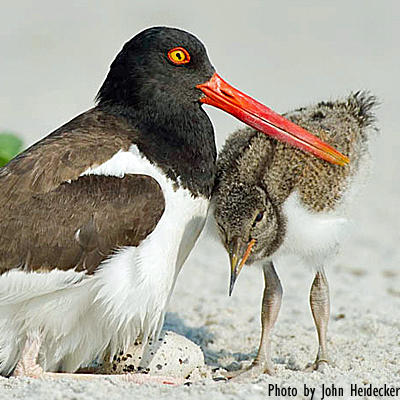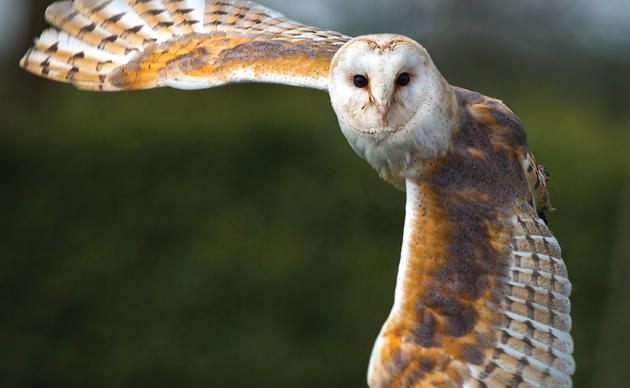Bird banding is a valuable tool in the study and conservation of many bird species. In this series, we’ll explain bird banding practices and explore insights gleaned from the observation of banded birds here on North Carolina’s coast and beyond. Our latest blog post details the exciting and unpredictable process of actually getting these valuable bands on our favorite birds! See part one here!
Please welcome guest writer, Katharine Frazier
As the canned oystercatcher audio blared, the real oystercatchers approached the decoys rapidly, their heads bent low like feathery charging bulls. We watched as the birds came closer and closer to the decoy, our excitement growing with every step the oystercatchers took. Our trap was going to work!
However, the oystercatchers had other plans.
As soon as they were within just a few inches of our cleverly disguised traps, they turned around and headed back down to the water, as if they’d been able to sense that something was amiss. Then, from the water’s edge, the oystercatchers surged forward again before deciding against engaging the decoys in battle. The two went back and forth between the beach and their nest a few times, each time lifting our hopes a little bit before dashing them again.
After we’d watched this process several more times, we knew that our trap wasn’t going to work on this particular pair of oystercatchers. We removed the trap and carefully replaced the eggs in their nest. It was disappointing to walk away from this nest unsuccessful, but we knew that there was another one on the island that we could try.
Take Two:
We quickly set up a trap at the second territory and waited to see if our work would pay off. Unlike the first, we had results almost instantly—the two oystercatchers attacked the decoys immediately, and one became ensnared in the loops!

We moved in quickly, secured the oystercatcher and worked together to band and measure the bird. In just a matter of minutes, we attached the standard U.S. Fish and Wildlife Service band, as well as the green field-readable American Oystercatcher Working Group band.
Once the bands were on, we recorded both of the bands’ numbers and took some measurements, which will help determine if the bird is a male or female. After releasing the oystercatcher back out onto the beach, we headed for the boat to continue on to the next island.
Finishing up at Shellbed Island:
From there, we set course for Shellbed Island, setting up our traps and hunkering down to see if they’d work. They did: we trapped three more oystercatchers—two at the island’s northern end and one at the southern end!
Considering all the work that goes into capturing and banding each and every oystercatcher, I’d call that a pretty successful day. Though we were all exhausted and sweaty after a long morning out on the islands, it was worth it.
Now, thanks to the bands, ornithologists and citizen scientists up and down the coast, we will be able to follow the lives of our four oystercatchers for years to come!
Learn more about Audubon North Carolina’s conservation efforts to protect the seas and shores our birds need to thrive.



